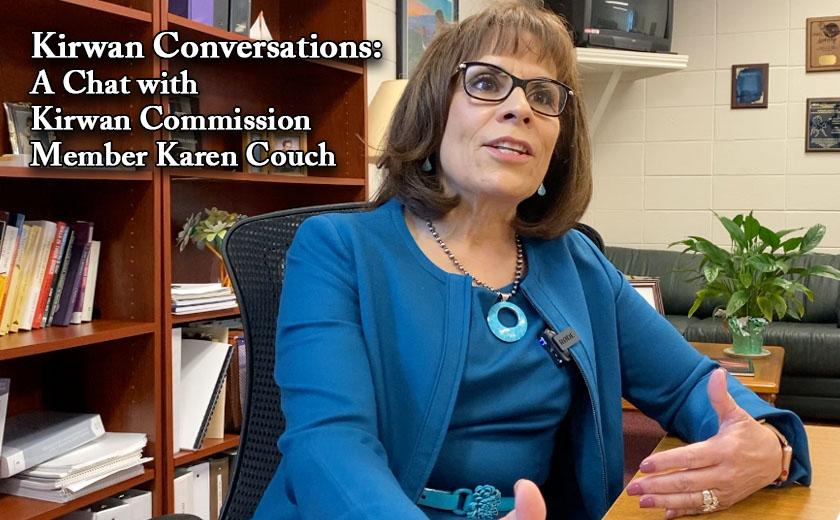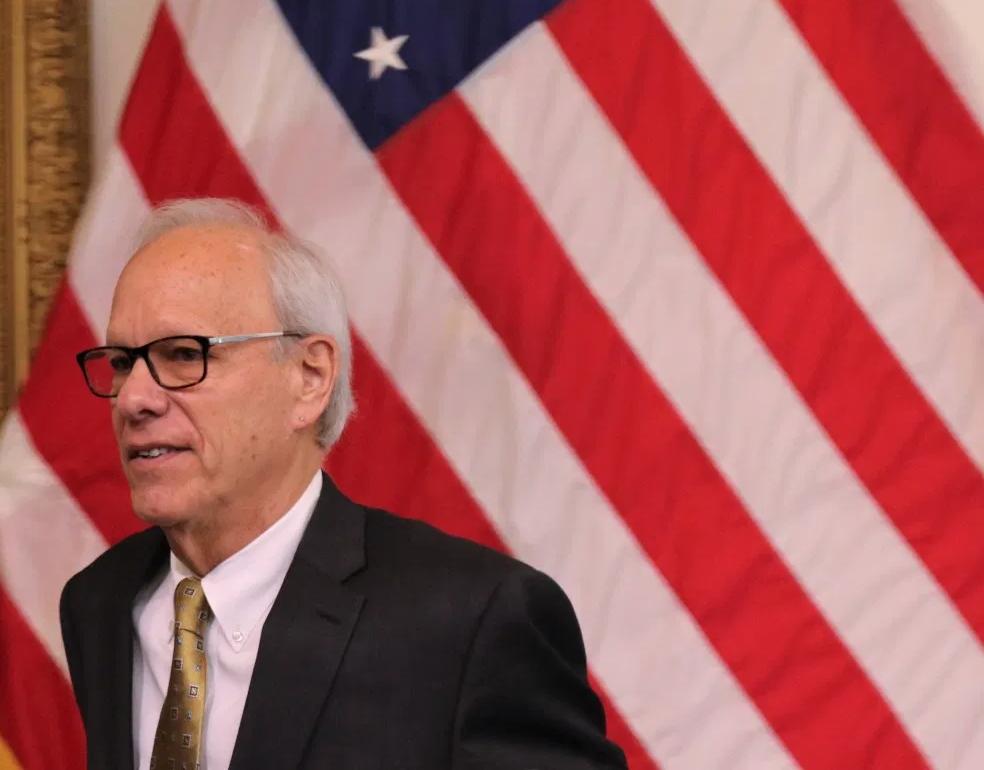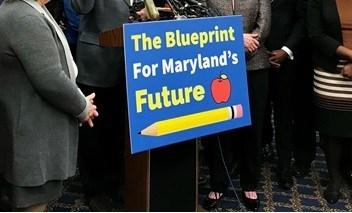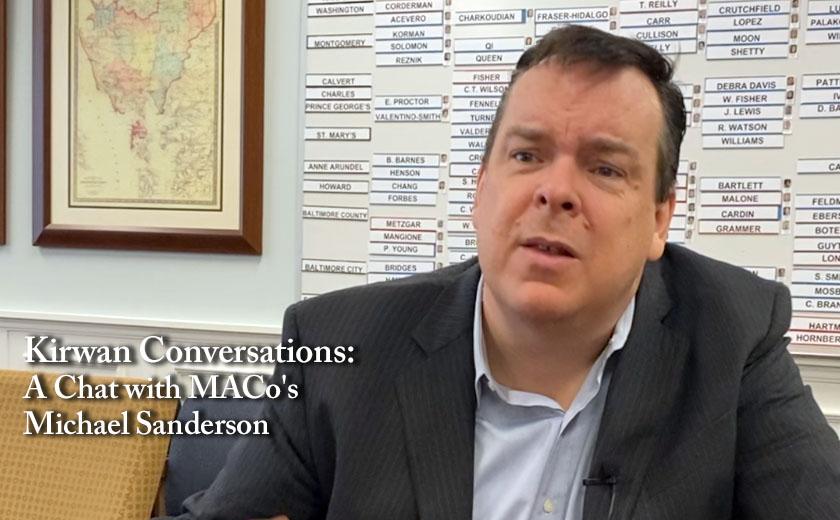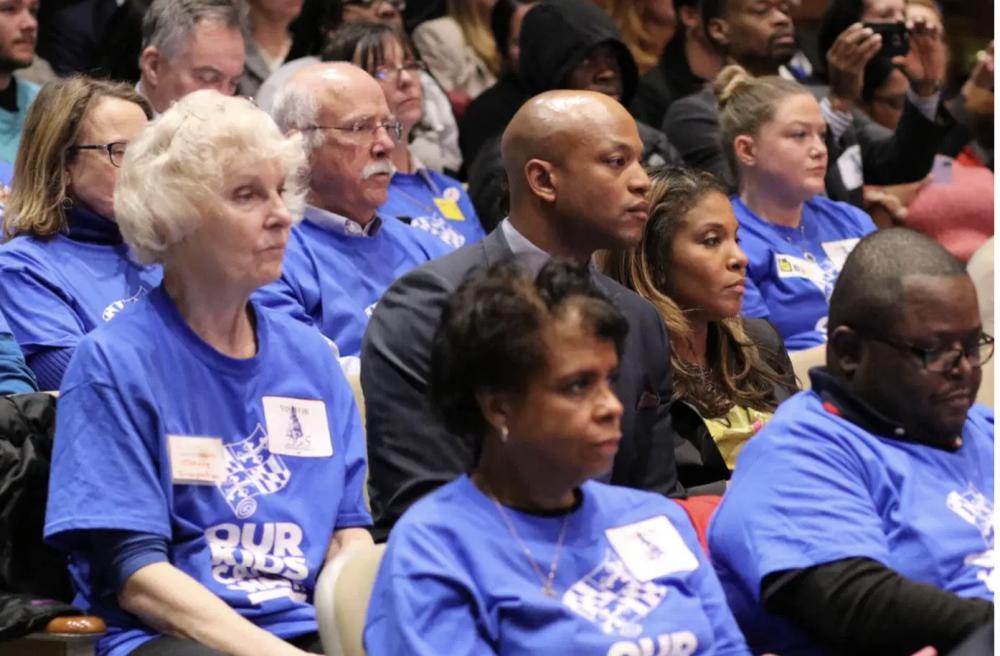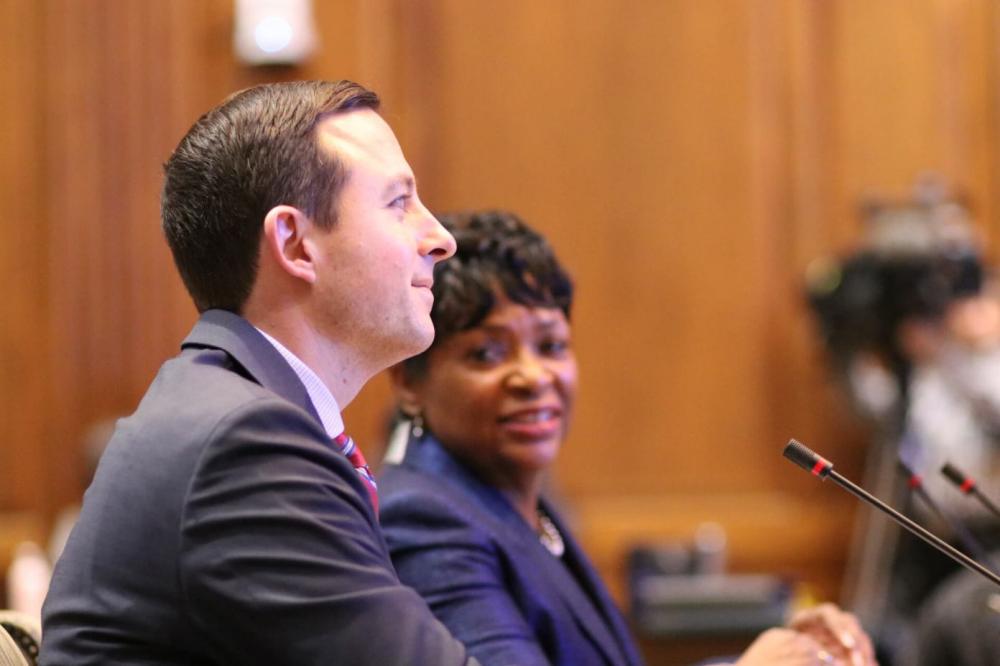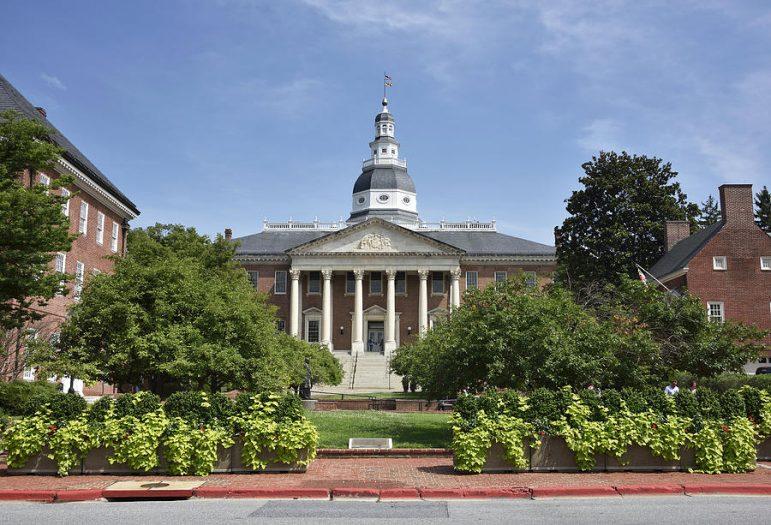Last week, the Spy started a series of interviews with senior stakeholders in the state and on the Eastern Shore to discuss the landmark recommendations of the Kirwan Commission and the resulting legislation now under consideration in Annapolis.
We began with Michael Sanderson, the director of Maryland Association of Counties, who stated very clearly that the proposed Kirwan recommendations would be the “most consequential policy decisions that any of these policymakers are going to make during their whole political career.”
Given how serious these reforms would mean on the Eastern Shore, we continue with our interview with Dr. Karen Couch, the superintendent of Kent County Public Schools, and, more importantly, one of the few education professionals to serve on the commission. It is also noteworthy to point out the Dr. Couch represented the smallest county school system in the State.
In her Spy interview, we talk specifically about the five primary elements of what is now called the Blueprint for Maryland’s Future and its impact on Kent County education.
This video is approximately twelve minutes in length. For more information about Kirwan and Blueprint for Maryland’s Future, please go here.
